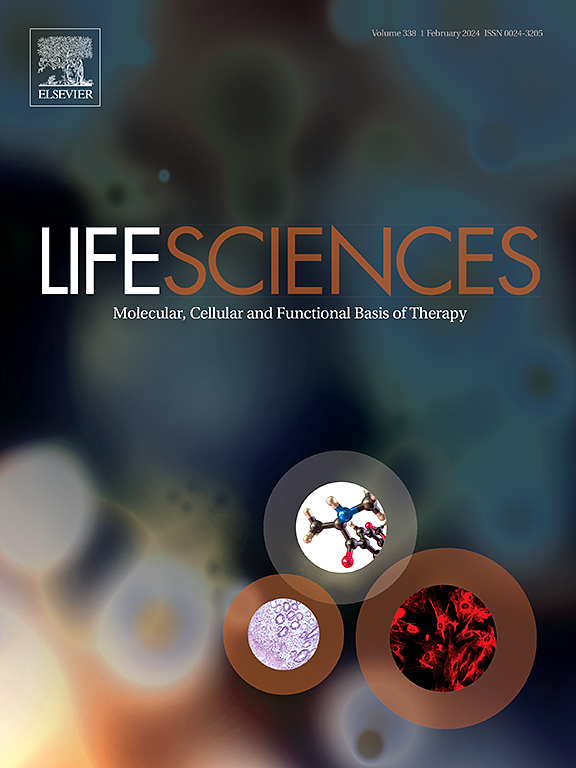The role of the TREM receptor family in cardiovascular diseases: Functions, mechanisms, and therapeutic target
IF 5.2
2区 医学
Q1 MEDICINE, RESEARCH & EXPERIMENTAL
引用次数: 0
Abstract
The Triggering Receptor Expressed in the Myeloid Cells (TREM) family represents an emerging subgroup within the immunoglobulin superfamily, which includes key members such as TREM-1, TREM-2, TREM-3, TREM-like transcript-1 (TLT-1), TLT-2, and TLT-4. TREM-1 serves as a potent amplifier of immune responses, exacerbating atherosclerosis and myocardial injury by enhancing inflammatory reactions. In contrast, TREM-2 exerts protective effects by regulating lipid metabolism, mitigating inflammation, and promoting phagocytic activity, thereby attenuating cardiovascular damage. Both soluble TLT-1 and TLT-4 have been identified as potential biomarkers for cardiovascular risk. In recent years, the roles of the TREM family in the pathogenesis of cardiovascular diseases (CVD) have garnered growing interest within the scientific community. This review aims to illuminate the functional roles, underlying mechanisms, and clinical relevance of TREM family members in the regulation of CVD, while exploring their potential applications in early diagnosis, disease monitoring, and the development of novel therapeutic targets for CVD, ultimately laying a foundation for their clinical translation and advancement in precision medicine.

求助全文
约1分钟内获得全文
求助全文
来源期刊

Life sciences
医学-药学
CiteScore
12.20
自引率
1.60%
发文量
841
审稿时长
6 months
期刊介绍:
Life Sciences is an international journal publishing articles that emphasize the molecular, cellular, and functional basis of therapy. The journal emphasizes the understanding of mechanism that is relevant to all aspects of human disease and translation to patients. All articles are rigorously reviewed.
The Journal favors publication of full-length papers where modern scientific technologies are used to explain molecular, cellular and physiological mechanisms. Articles that merely report observations are rarely accepted. Recommendations from the Declaration of Helsinki or NIH guidelines for care and use of laboratory animals must be adhered to. Articles should be written at a level accessible to readers who are non-specialists in the topic of the article themselves, but who are interested in the research. The Journal welcomes reviews on topics of wide interest to investigators in the life sciences. We particularly encourage submission of brief, focused reviews containing high-quality artwork and require the use of mechanistic summary diagrams.
 求助内容:
求助内容: 应助结果提醒方式:
应助结果提醒方式:


